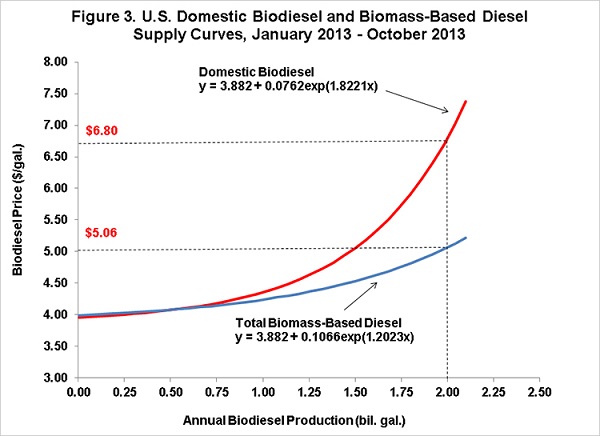Oregon State University (OSU) spinoff NuScale Power has been awarded up to $226 million in funding from the U.S. Department of Energy (DOE). The company is developing a new form of nuclear power and is a spinoff company based on the pioneering research of OSU professor Jose Reyes. Today Reyes has become one of the international leaders in the creation of small “modular” nuclear reactors.
According to NuScale, this technology holds enormous promise for developing nuclear power with small reactors that can minimize investment costs, improve safety, be grouped as needed for power demands and produce energy without greenhouse gas emissions. The technology also provides opportunities for OSU nuclear engineering students who are learning about these newest concepts in nuclear power.
 “This is a wonderful reflection of the value that OSU faculty can bring to our global economy,” said Rick Spinrad, vice president for research at OSU. “The research conducted by Professor Reyes, colleagues and students at OSU has been a fundamental component of the innovation at NuScale.”
“This is a wonderful reflection of the value that OSU faculty can bring to our global economy,” said Rick Spinrad, vice president for research at OSU. “The research conducted by Professor Reyes, colleagues and students at OSU has been a fundamental component of the innovation at NuScale.”
NuScale said it is bringing closer to reality a nuclear concept that could revolutionize nuclear energy. The Obama administration has cited nuclear power as one part of its blueprint to rebuild the American economy while helping to address important environmental issues.
“OSU has made a strong effort to build powerful partnerships between our research enterprise and the private sector,” said OSU President Edward J. Ray. “The DOE support for NuScale is a vote of confidence in the strategy of building these meaningful relationships, and they are only going to pick up speed with our newest initiative, the OSU Advantage.”
News of the NuScale grant award was welcomed by members of Oregon’s Congressional delegation. “Oregon State University deserves a lot of credit for helping to develop a promising new technology that the Energy Department clearly thinks holds a lot of potential,” said Sen. Ron Wyden, chairman of the U.S. Senate Energy and Natural Resources Committee. “Today’s award shows that investing in strong public universities leads to innovative technologies to address critical issues, like the need for low-carbon sources of energy, while creating private sector jobs.”
OSU officials say the development of new technologies such as those launched from NuScale could have significant implications for future energy supplies. “The nation’s investment in the research of small-scale nuclear devices is a significant step toward a diverse and secure energy portfolio,” said Sandra Woods, dean of the College of Engineering at OSU. “Collaborative research is actively continuing between engineers and scientists at Oregon State and NuScale, and we’re proud and grateful for the role Oregon State plays in assisting them in developing cleaner and safer ways to produce energy.
 Renewable energy technology company ICM of Colwich, Kansas has signed a Letter of Intent with IGPC Ethanol of Ontario, Canada to be the first Canadian adopter of ICM’s Generation 1.5™ technology.
Renewable energy technology company ICM of Colwich, Kansas has signed a Letter of Intent with IGPC Ethanol of Ontario, Canada to be the first Canadian adopter of ICM’s Generation 1.5™ technology. 










